What Are the Regulations for Flexible Ducts?
When it comes to buying ducting, you aren’t exactly given a list of dos and don’ts. Part of the challenge, especially if you’ve never installed ducting before, is understanding the right way to do it. That being said, are there any legal stipulations or rules that must be followed with flexible ducts?
In this blog, we will answer the question ‘What are the regulations for flexible ducts?’
With new buildings being made to be as energy efficient as possible, and the UK aiming for 95% of its electricity usage to be low carbon by 2030, it is imperative to understand how we can make the most of our ventilation. This is where MVHR units come in.
To prevent mould, fresh air should constantly be introduced into your dwelling daily, as it helps to regulate temperature and reduce condensation. Introducing fresh air can be as simple as having a ventilation routine, or installing extractors or MVHR units. Almost all of this is facilitated by ducting.
I-Sells is here to provide the answers you need whilst also supplying you with all the information you need to combat mould and have a well-ventilated home.
What happens if ducting isn’t used?
Ducting is used to transport air or contaminants from one destination to another. Ducting gives the air a clear path to travel through, without interruption. Naturally air, like most gases, is free-flowing by nature, so it must be directed, this is what ducting helps to do.
So with that understanding, if ducting isn’t used, any contaminants such as smoke, any humidity, bad smells, or dusty air roams freely in a home, settling on surfaces. Of course, ducting is irrelevant without HVAC machinery to facilitate the movement of the air.
Some mechanisms, like extractors, only extract the indoor air and direct it to outside. Whereas MVHR systems will extract indoor air, but also replace it with fresh air that it obtains from outside at the same time.
Is ducting the same as ventilation?
Not exactly, ventilation is a category with many factors beneath it. For example, ventilation can include opening your windows, using a fan, using air conditioning or HVAC devices. Whereas ducting is a tool used to help facilitate ventilation.
What are the regulations for flexible ducts?
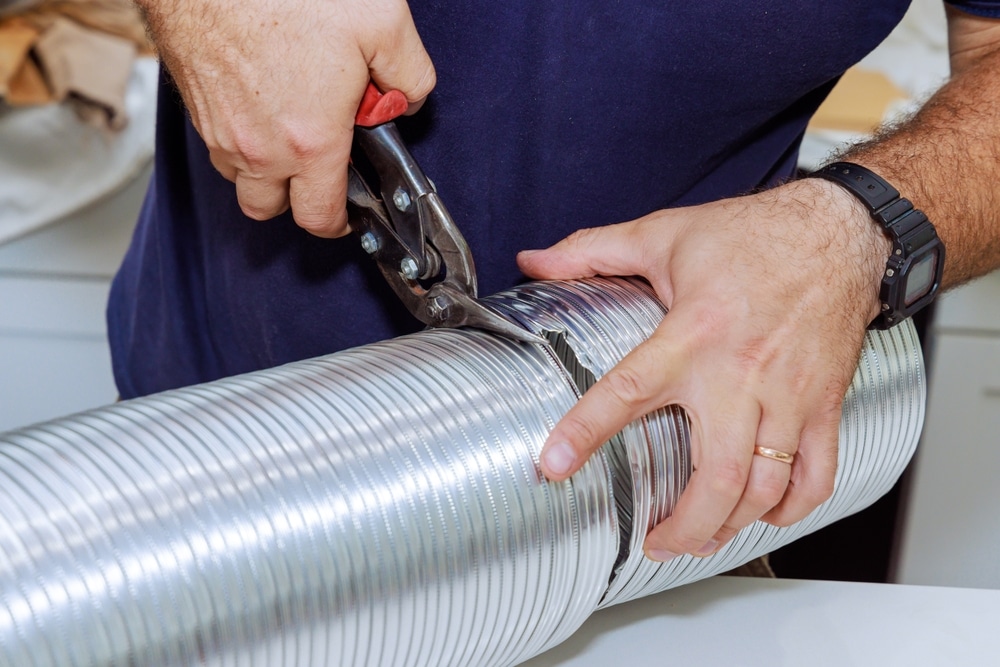
According to the National House Building Council, otherwise known as the NHBC, whose aim is to raise construction standards of new homes in the UK. These are the regulations regarding ductwork, which includes flexible ducts…
- Must be fixed in accordance with manufacturer recommendations.
- Must be routed as directly as possible. (As few bends as possible in the ductwork).
- Only be located adjacent to fan units or air valves.
Part F of UK building regulations, which specifically relates to ventilation, does not have specifications on the ducting required. This is because ducting is subject to the home it is installed in.
That being said, flexible ducts should be used as the ‘final connection’ and be no longer than 1500 mm.
By ‘final connection’ we mean that it should be the ducting that connects directly to the ventilation mechanism, or the ducting that leads directly to the outside. Of course, this is subject to the environment the ducting is placed.
Flexible ducting should not be the only ducting you use. It should be a combination of flexible and round ducting, as much as possible. If you only use flexible ducting, you will have to account for supporting the ducting to prevent any unnecessary bends which will affect the airflow.
Unspoken rules of ducting
The following points aren’t exactly a regulation, but is a logic that is applied with any reputable ducting installer.
- Replace ducting after fires — If you are unfortunate enough to have a house fire, even if the fire was limited to one area of the house, the likelihood is that most, if not all, the home is smoke damaged.
Smoke damage penetrates surfaces and often requires the whole home to be redone in order to remove the pungent odour and carcinogens that have stuck into the fabric of the home.
This also applies to ducting, smoke damage will have penetrated the ducting, usually leaving residue. When getting your home repaired, some sneaky builders may try to overlook ducting in order to finish the job quickly, be sure to remind them to change the ducting.
- Check the area before installing — Installing ducting in an area with damp, or with a structural problem that creates moisture, even if it is an occasional instance, is a bad idea.
If ducting is placed by this area, especially if mould is already present, you are more than likely going to have mould growing on the outside, and eventually the inside of the ducting.
Having mould in your ducting not only reduces the effectiveness of the ventilation mechanism at hand, but also spreads the mould, which can further affect your health.
Can ducting be made to last longer?
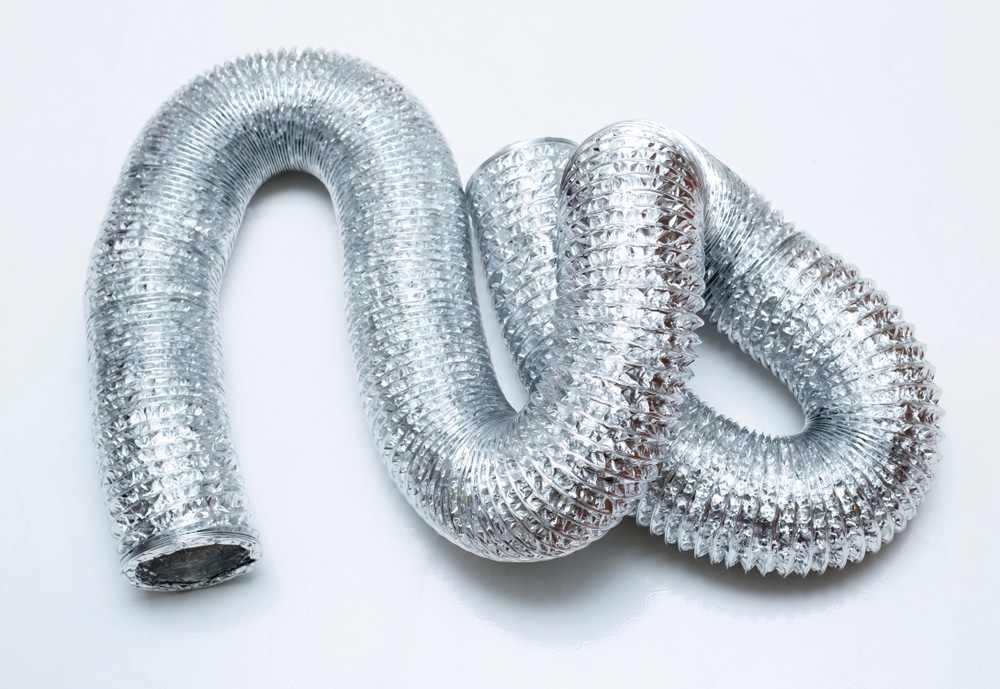
Yes. Making flexible ducting last long is simply down to the maintenance you conduct, and how regularly it is done. In addition to where you place the ducting for installation. Let’s begin there.
When it comes to installing your ducting, you should make sure that the space…
- Is free from mould.
- Do not re-use old ducting that has been installed before.
- Is free from any leaks.
- Does not have any pest issues
- Has no hazards (or sharp edges) that could potentially cut the ducting.
- The space should be able to accommodate the flexible ducting enough. This means that it isn’t ‘stuffed’ into the area.
In regard to maintaining your flex ducting, you should…
- Insulate the ducting.
- Check the areas it runs along for any leaks, either coming from the ducting, or from the walls it is next to.
- Call a professional for a ducting inspection.
- Be sure not to run any adverse chemicals through the ducting.
Where to buy flexible ducts
I-Sells is a provider of ventilation solutions and everything that comes with it, including ducting. We supply flexible ducting and much more.
Whether it is flexible aluminium or PVC ducting you’re searching for, we have it. Some of our options can also vary in diameter in accordance with your needs. This includes 100 mm and 102 mm in diameter. This also applies to the lengths we have available.
Who installs ducting?
Flexible ducting or hard ducting can be installed by yourself if you so choose. However, we would only recommend this if you have previous experience in doing this, as one mistake could cause a whole host of issues.
If you do decide to install ducting yourself, please try to at least have guidance from an expert in the field, who can assess your installation.
There are many HVAC technicians that offer a variety of services to help you with your ventilation, whether it be for a business or your own home. This can include ducting installation, depending on whom you visit.
Purchase ducting today
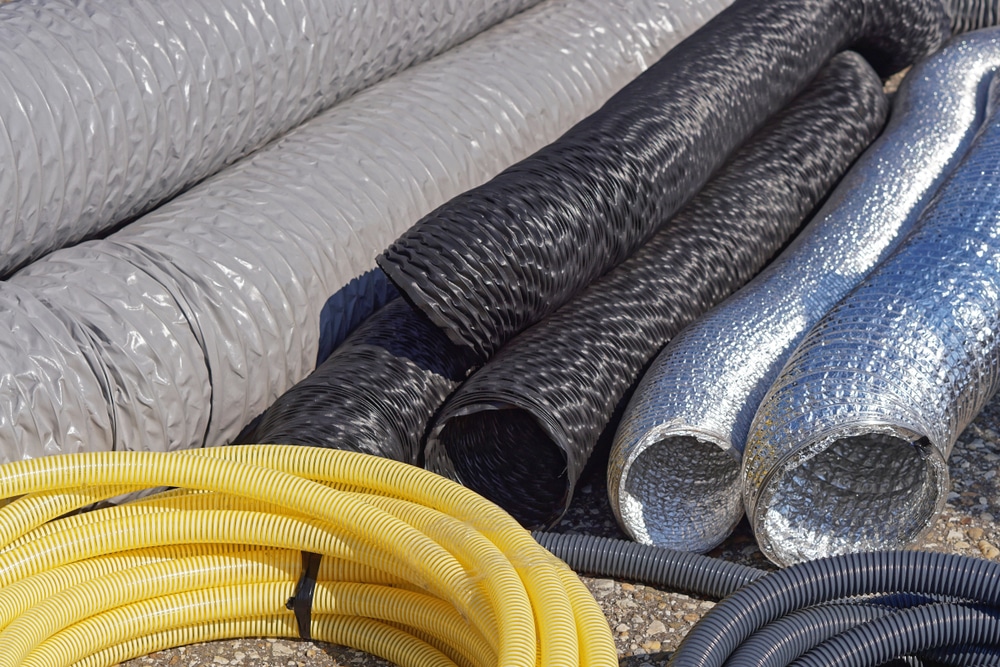
We at I-Sells endeavour to ensure our customers have all the information they require before investing in our mould solutions. Be sure to visit our blog page to learn about the vast array of factors and issues surrounding ventilation, mould, condensation, and much more.
We hope to have answered the question ‘What are the regulations for flexible ducts?’
We understand you may have more questions, do not hesitate to contact us for more information about whatever you need our help with. If you’d like to send us an email, click here. For other contact options, see below:
Call us on 020 8463 9696
Visit us at our showroom:
*OPENING TIMES*
Monday – Friday: 8:00 am to 5:30 pm
Saturday: 9:00 am to 12:00 pm
Sunday: Closed
15 St John’s Parade
Sidcup, Kent
DA14 6ES
United Kingdom




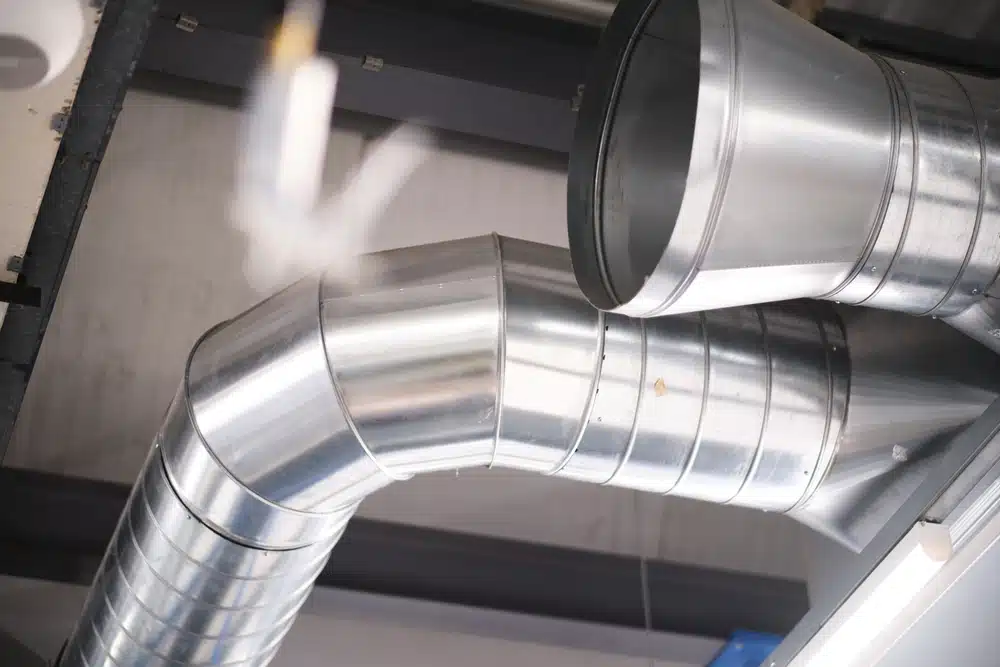
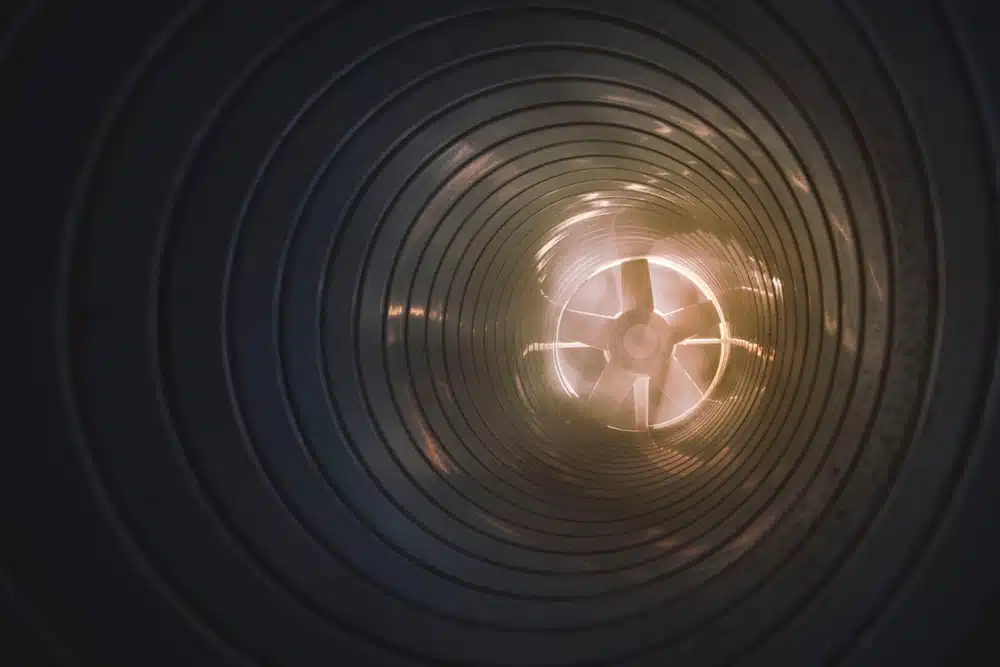
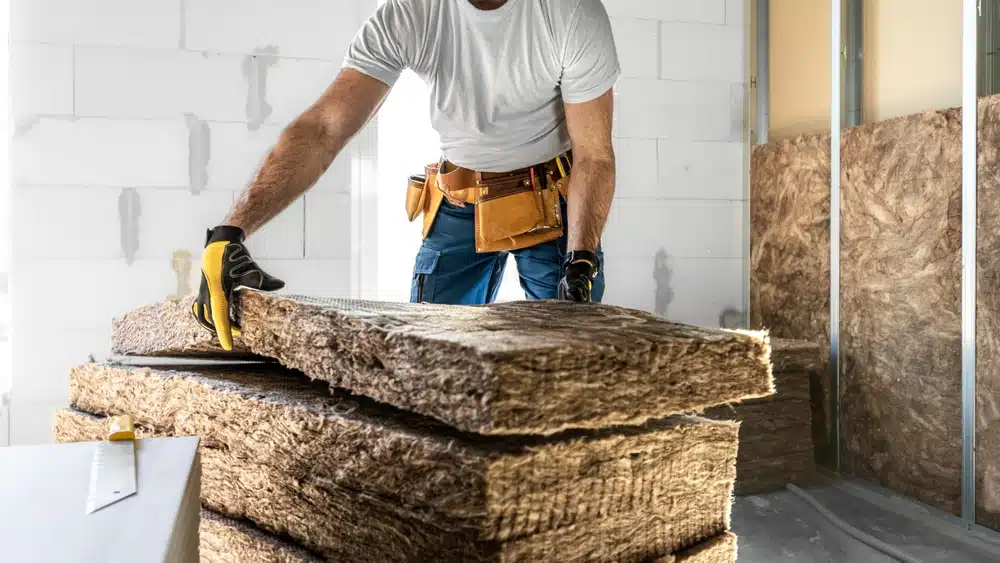
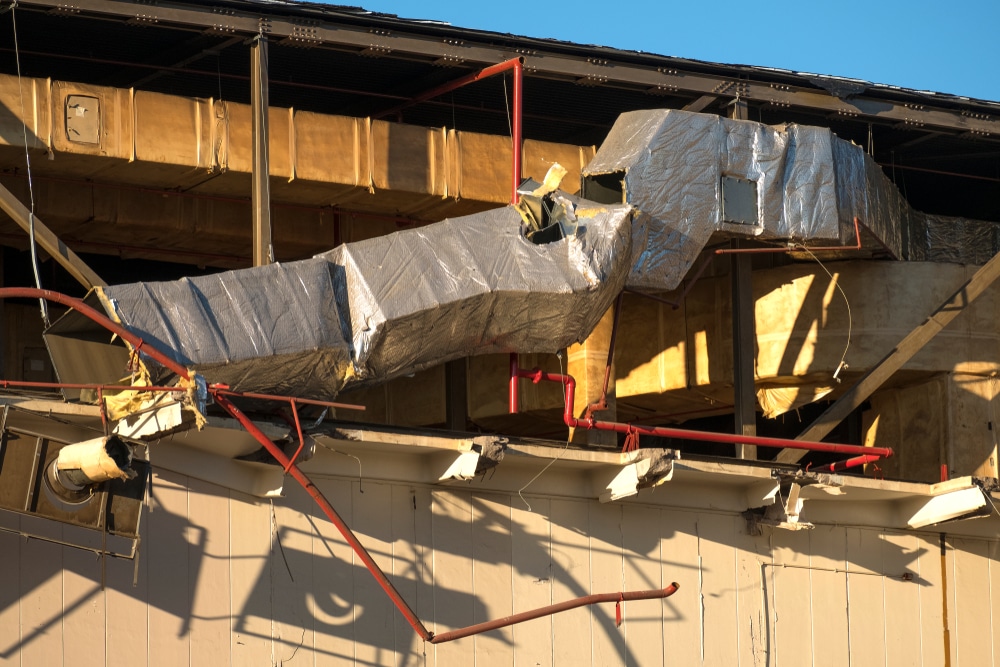









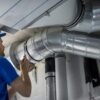


















Add comment
You must be logged in to post a comment.